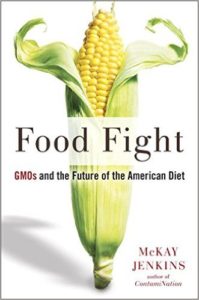Advocates have been pressing USDA for years to (1) get data on what SNAP recipients buy with their benefits, and (2) permit pilot studies of what happens to purchases of soft drinks if you exclude them from the benefit package.
In 2012, I did a post on the 2012 SNAP to Health report. Its recommendations:
- Protect SNAP benefits.
- Collect data
Lots of people have been trying to get USDA to produce data. Anahad O’Connor, the author of the New York Times account, filed a Freedom of Information request with USDA. In response, USDA sent him a report it had commissioned from IMPAQ, a “beltway bandit” consulting firm. His story is here (I’m quoted).
Now we have a partial answer. IMPAQ analyzed data from one large, unnamed retailer (could it be Walmart?).
Here’s USDA’s summary of the study (and here’s the complete study).
The USDA says the study shows that SNAP recipients buy pretty much the same amounts of what everyone else buys.
Summary category data show that both SNAP and non-SNAP households focused their spending in a relatively small number of similar food item categories, reflecting similar food choices. The top five summary categories totaled about half of the expenditures for SNAP households and non-SNAP households (50 versus 47 percent). Commodity-level data (in the full report) show that both SNAP and non-SNAP households made choices that may not be fully consistent with the Dietary Guidelines for Americans.
My reading of the report suggests that in this study, SNAP recipients spent more of a combination of their SNAP benefits and their own private money on:
- Sugar-sweetened beverages
- Hamburger
- Frozen meals
- Salty snacks
- Lunch meats
- Flavored milk
- Kids cereals
- Frozen French fries
- Convenience foods in general
- Infant formula
The report does not discuss why these differences might exist but it would be interesting to find out.
If sugar-sweetened beverages really comprise 9.5% of purchases, that comes to $6 billion a year.
That’s why taking them off the list of eligible foods is worth a try.
Recent SNAP news
The USDA is sponsoring a pilot project to allow SNAP participants to buy foods online from certain retailers, including Amazon in three states, Fresh Direct in New York, and various grocery chains in other states.
The idea is to make it easier for SNAP participants to get access to healthier foods.
I hope the USDA is keeping score on what gets bought online, and whether foods cost more. The benefits are not allowed to be used for delivery costs.





